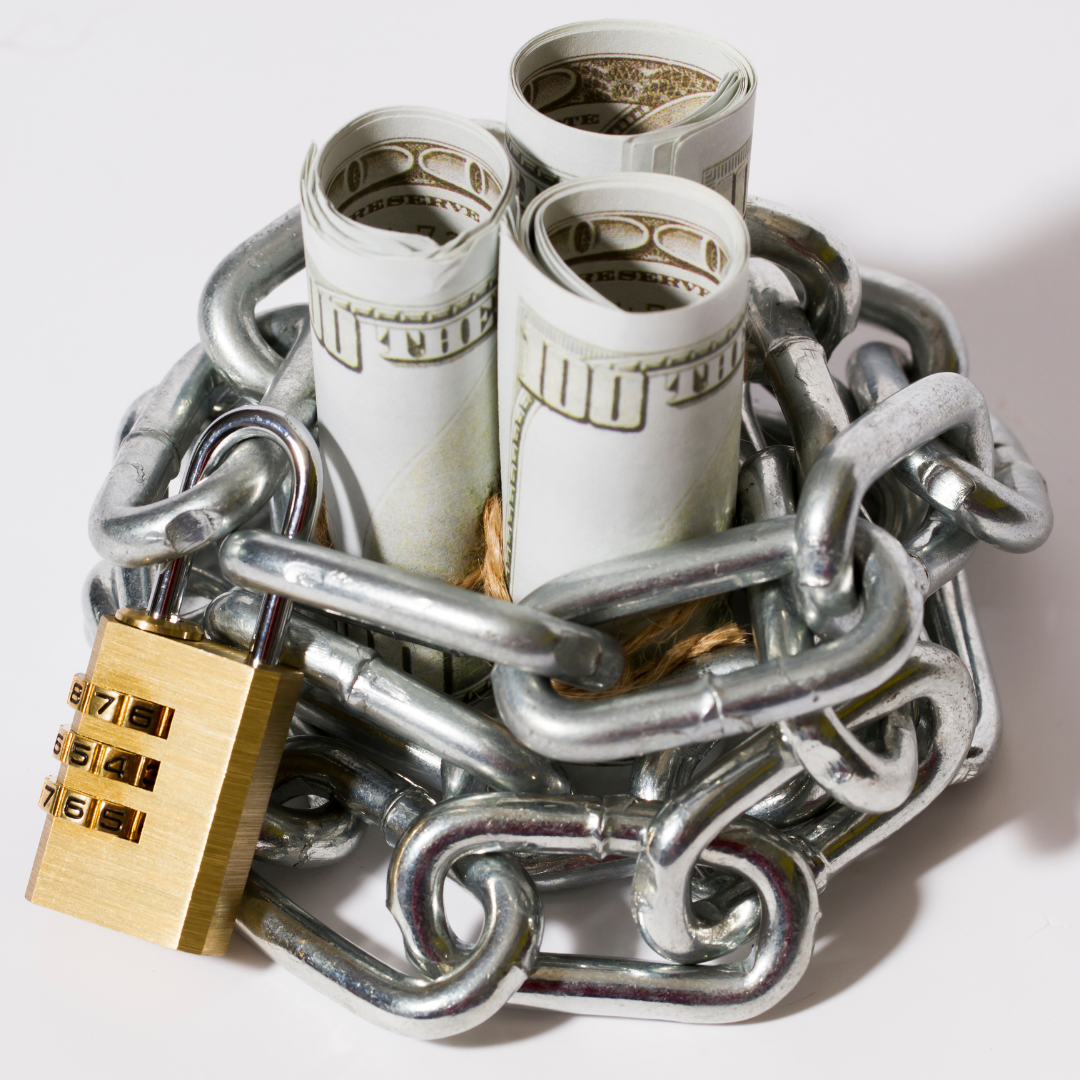Life loves throwing curve-balls. The car sputters to a stop, the washing machine overflows, or a medical bill arrives that looks more like a ransom note. These emergencies can wreak havoc on your finances, but having an emergency fund can help lessen the blow.
Creating a plan to set aside money for an emergency fund can provide peace of mind knowing you have a buffer to weather financial storms without resorting to high-interest credit cards or loans.
Why You Need an Emergency Fund, Especially on a Budget:
Let's face it, when income is tight, unexpected expenses hit even harder. Here's how an emergency fund helps:
-
Decreases Anxiety: Having a safety net in place can greatly reduce financial stress.
-
Preserves Your Credit Score: By steering clear of high-interest debt, you safeguard your credit score and save money on future loans and insurance.
-
Promotes Stability: An emergency fund enables you to stay on track with your financial objectives, even in the face of unexpected expenses.
Building Your Emergency Fund, Brick by Brick
Even with limited income, building an emergency fund is possible. Here are some strategies to get you started:
- Start Small: Aim to build up to $1,000 to get started. Every little bit counts! Think of it as building a financial foundation.
- Track Your Spending: Identify areas where you can cut back and use that money to build your fund.
- Automate Savings: Set up a regular transfer from your checking account to your emergency fund savings account. Even $20 or $50 a week adds up over time.
- Use "Unexpected Money": Use unexpected income like tax refunds or birthday gifts to boost your emergency fund. Every windfall can be a brick in your financial fortress.
Taking Control with Mobile Apps
Even with financing options, staying on top of your finances is crucial. Consider using a mobile budget tracking application. These handy tools allow you to easily record your income and expenses on the go, categorize your spending, and set goals. This real-time information empowers you to make informed decisions and ensures you're getting the most out of your no-credit-needed financing options. Here are some suggested applications:
Remember: Your emergency fund should ideally cover 3-6 months of living expenses. While it may not happen overnight, with steady dedication, you'll gradually build a safety net and achieve greater financial security. Take that initial step today and empower yourself to tackle any unexpected financial challenges that may come your way.
Related Articles:
Building Your Emergency Fund: A Step-by-Step Guide
https://www.businessinsider.com/personal-finance/what-is-an-emergency-fund
Emergency Funds: Your Financial Safety Net
https://www.becu.org/blog/emergency-funds-your-financial-safety-net
Stretch Your Dollar: Everyday Savings for Tight Budgets
https://blog.kornerstoneliving.com/smart-money-decisions/stretch-your-dollar-everyday-savings-for-tight-budgets
Your Paycheck Explained: It's Simpler Than You Think!
https://blog.kornerstoneliving.com/smart-money-decisions/your-paycheck-explained-its-simpler-than-you-think
Budget Bootcamp: Mastering Your Money in Minutes
https://blog.kornerstoneliving.com/smart-money-decisions/budget-bootcamp-mastering-your-money-in-minutes
DIY Financial Freedom: Chart Your Course to Financial Wellness
https://blog.kornerstoneliving.com/smart-money-decisions/diy-financial-freedom:-chart-your-course-to-financial-wellness



Comments